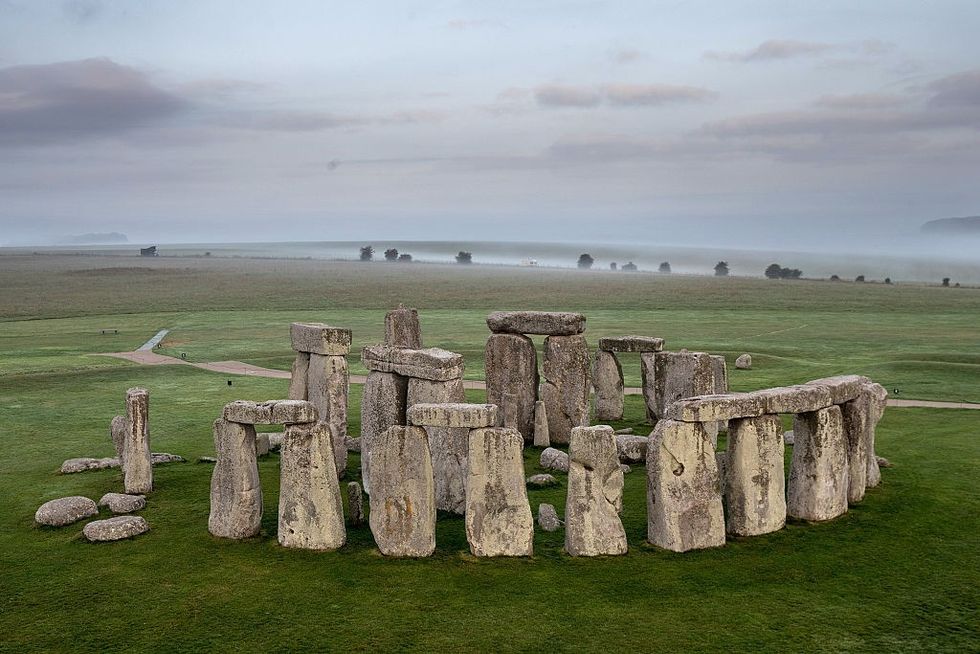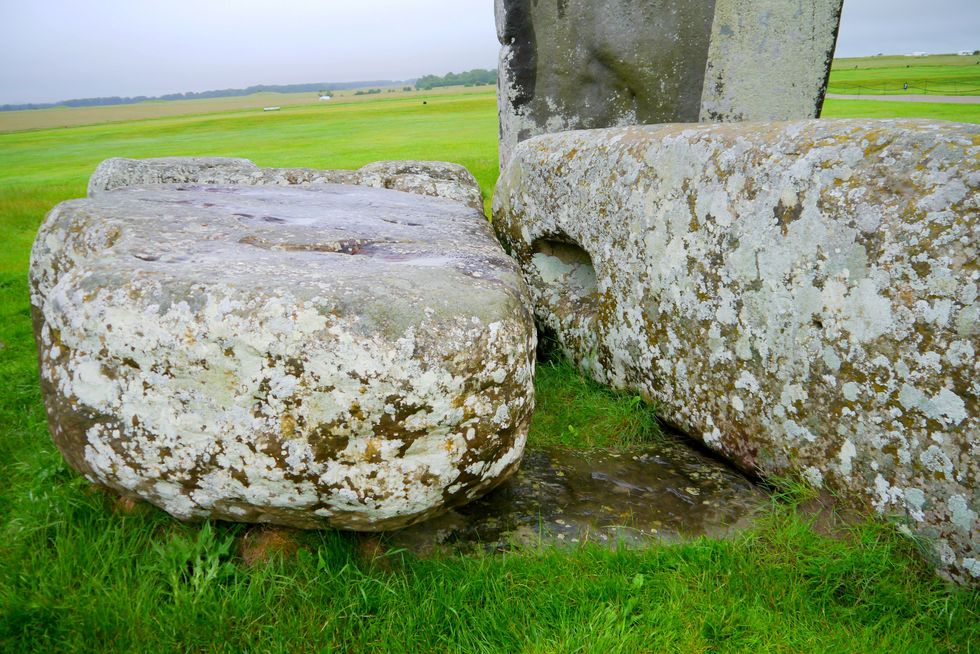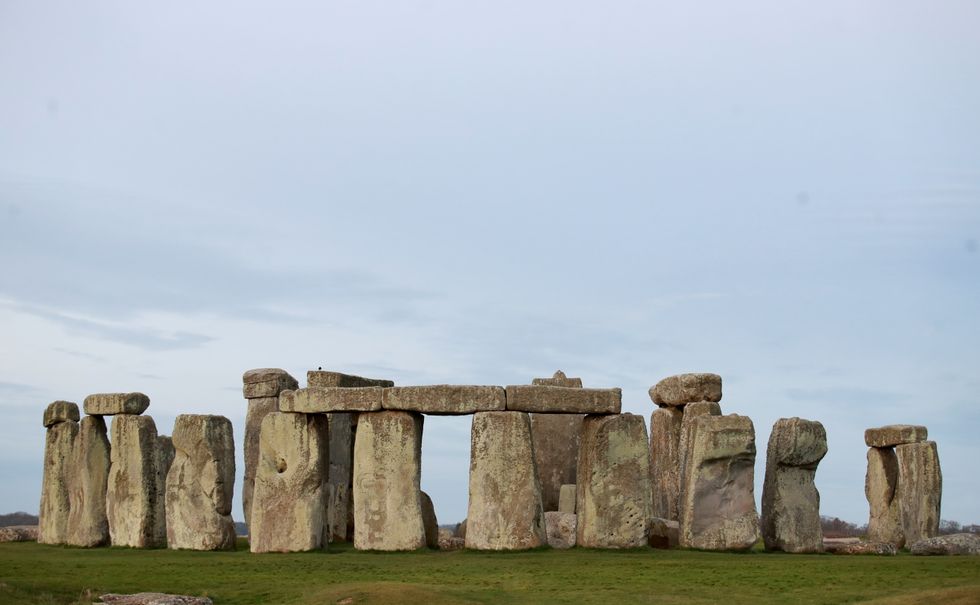Stonehenge in Wiltshire
Getty
It is unclear when the stone arrived at the site on Salisbury Plain in Wiltshire
Don't Miss
Most Read
Trending on GB News
New research has suggested the largest Altar Stone at the heart of Stonehenge is actually Scottish not Welsh.
The "remarkable" discovery has left experts “stunned” and busts a century-long held belief about the origins of the bluestone at the centre of the prehistoric monument.
However, there is still a mystery of how the stone arrived at the site on Salisbury Plain in Wiltshire.
Scientists say it may have been placed within the central horseshoe of stones during the second construction phase at about 2620–2480 BC.

Stonehenge is thousands of years old
Getty
For the last century, the six-tonne sandstone, at the heart of the ancient site, was believed to have come from Wales, as the majority of Stonehenge’s bluestones came from the Preseli Hills area in west Wales and are believed to have been the first stones erected at the site.
The stone at the focus of this study has traditionally been grouped with these other, smaller bluestones. However, the true origin of the Altar Stone had remained a mystery, until now.
Co-author Professor Richard Bevins, from Aberystwyth University, said: “These findings are truly remarkable – they overturn what had been thought for the past century. We have succeeded in working out, if you like, the age and chemical fingerprints of, perhaps, one of the most famous of stones in the world-renowned ancient monument.
“It’s thrilling to know that our chemical analysis and dating work has finally unlocked this great mystery. We can now say that this iconic rock is Scottish and not Welsh.
"Although we can say that much, and confidently – the hunt will still very much be on to pin down where exactly in the north-east of Scotland the Altar Stone came from."
LATEST DEVELOPMENTS

The Altar Stone, seen here underneath two bigger Sarsen stones, which new research suggests is actually Scottish not Welsh
PA
The scientists used their analysis of the ages of the mineral grains in the stone to essentially create a fingerprint of the source of those grains.
Researchers then matched ages found in rocks of the Orcadian Basin found in the north-east of Scotland, and are completely different from Welsh-sourced stones.
Co-author Dr Robert Ixer, of the UCL Institute of Archaeology, said: "This is a genuinely shocking result, but if plate tectonics and atomic physics are correct, then the Altar Stone is Scottish.
"The work prompts two important questions: why and exactly how was the Altar Stone transported from the very north of Scotland, a distance of more than 700km, to Stonehenge?"
Professor Nick Pearce, from Aberystwyth University, said: “This stone has travelled an awful long way – at least 700km – and this is the longest recorded journey for any stone used in a monument at that period. The distance travelled is astonishing for the time."

Scientists have been left baffled with the discovery
PA
He continued: "These findings will have huge ramifications for understanding communities in Neolithic times, their levels of connectivity and their transport systems.
“Hopefully, people will now start to look at the Altar Stone in a slightly different context in terms of how and when it got to Stonehenge, and where it came from.
“I am sure this will lead to some new thinking about the development of Stonehenge and its links to the rest of Neolithic Britain.”








